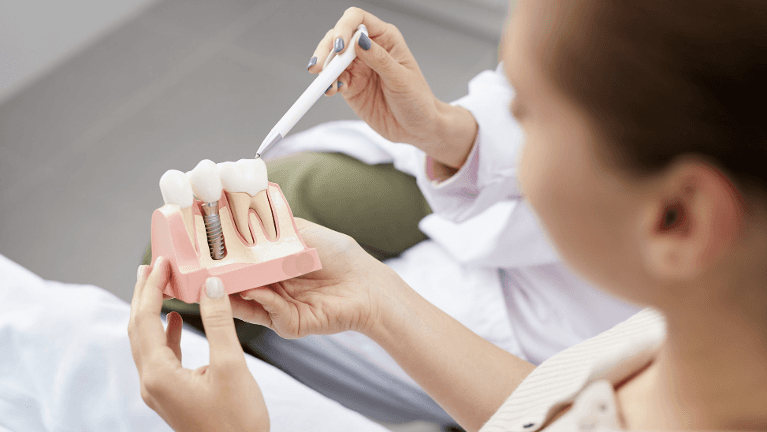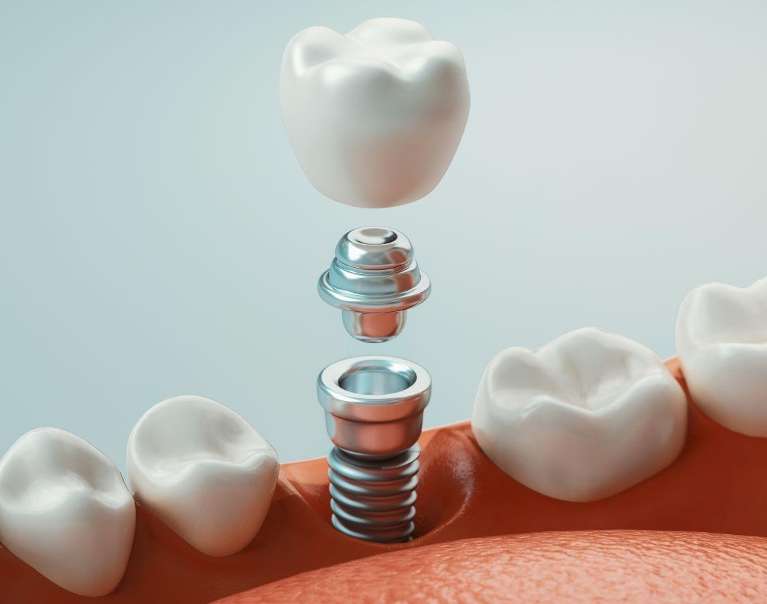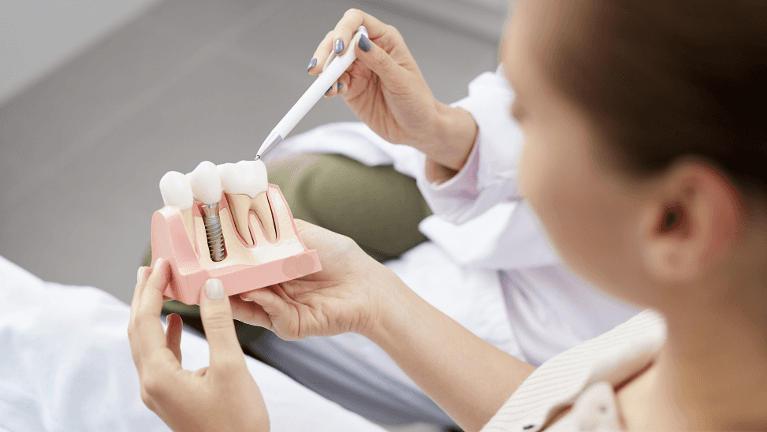Why Even a Missing Tooth Can Get Worse
If you’ve lost a tooth, how it impacts your daily life depends mostly on which tooth is missing. Gaps in your front teeth are the most noticeable, but missing molars affect your chewing abilities most. Certain teeth also have a function in speech patterns. Over time, The situation worsens because teeth on either side of the gap may gradually shift into that space, leading to crooked teeth. Your neighboring teeth will also take on extra stress when you eat because they need to compensate for the missing tooth. This can lead to faster wear and tear of those neighboring teeth and the existing dental work on those teeth.
Another negative impact of a missing tooth is how it impacts your bone health. An intact tooth puts natural pressure on your jawbone via the tooth root, stimulating bone health. When that stimulation decreases, your bone may diminish, causing other teeth to loosen.
The outcome of all these issues may be misalignments which lead to bite problems, excessive wear, cavities, and potentially ongoing tooth loss.
A Dental Implant Has Three Components
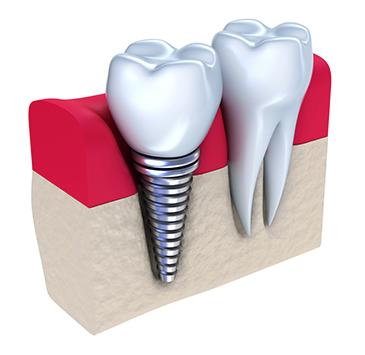
Dr. James Lin and his team are experts in the dental implant process and can walk you through each step. To begin, you should understand that a dental implant has three main components. The titanium screw placed inside the jaw bone is known as the implant fixture. The second component is known as the implant abutment, which connects to the crown. The last component is the tooth restoration itself, known as the implant crown.
- The implant fixture is an artificial tooth root. This part is a threaded titanium rod that is placed into the bone. This anchor creates a stable foundation for the other two components. This artificial root is strong because, over time, your jawbone grows around it in a natural process called osseointegration.
- An implant abutment provides the connection point between the root and the implant crown. It comes in many forms depending on the final implant style. For example, it may support a single-tooth replacement or a fixed dental bridge.
- The tooth restoration describes what we can see above the gum line. A single-tooth implant will be finished with a porcelain dental crown, while a bridge uses a metal frame combined with a dental crown.
 Dental technology has seen advances in leaps and bounds over the last couple of decades. That’s why Dr. James Lin’s team constantly seeks out education and training with the newest methods and materials. For example, where tooth replacement is concerned, one of the most promising options is a dental implant.
Dental technology has seen advances in leaps and bounds over the last couple of decades. That’s why Dr. James Lin’s team constantly seeks out education and training with the newest methods and materials. For example, where tooth replacement is concerned, one of the most promising options is a dental implant.
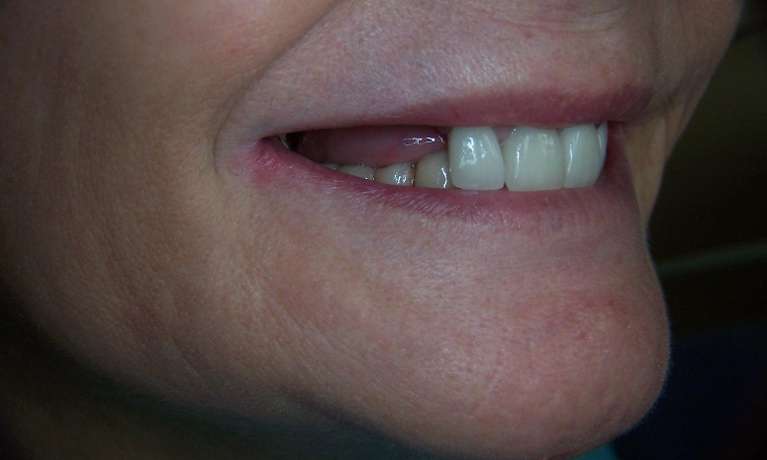
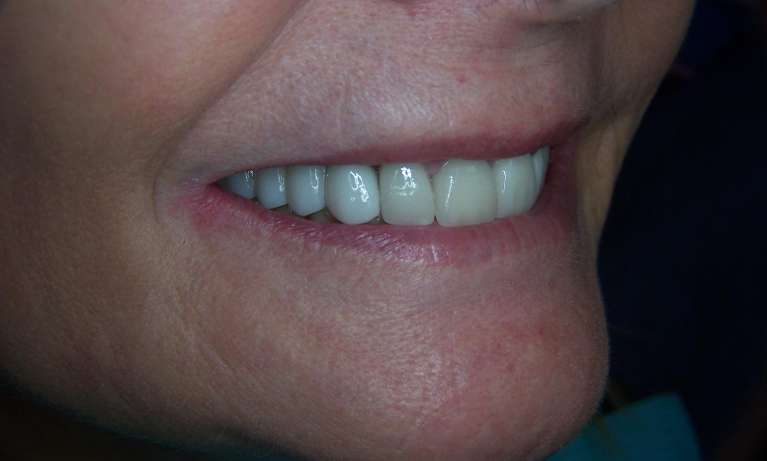
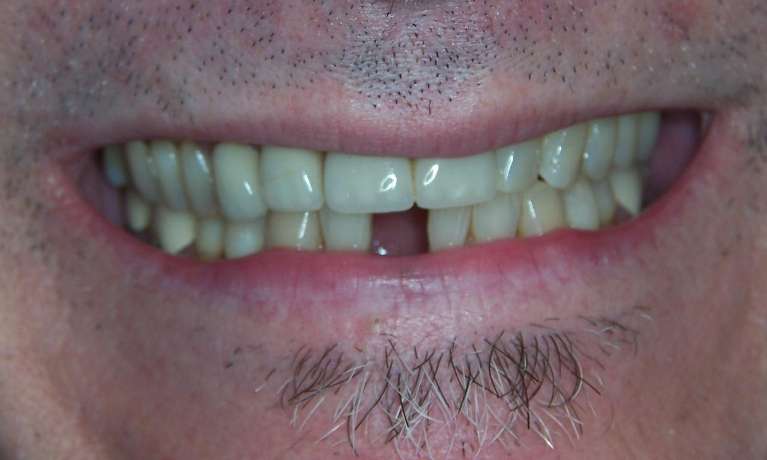
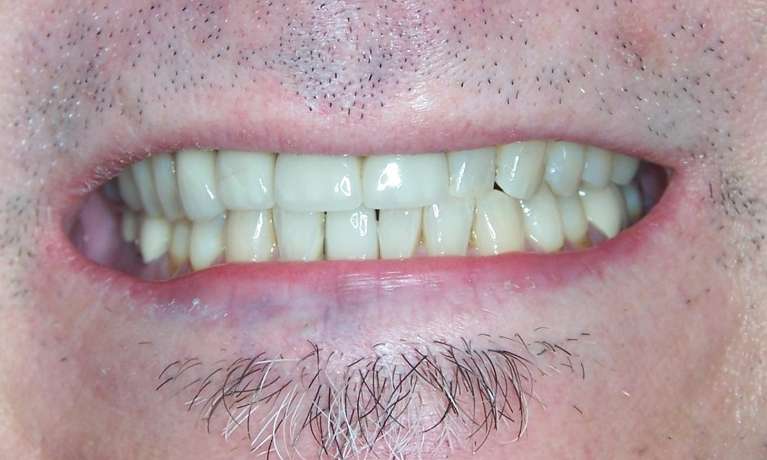


 What Are Dental Implants?
What Are Dental Implants?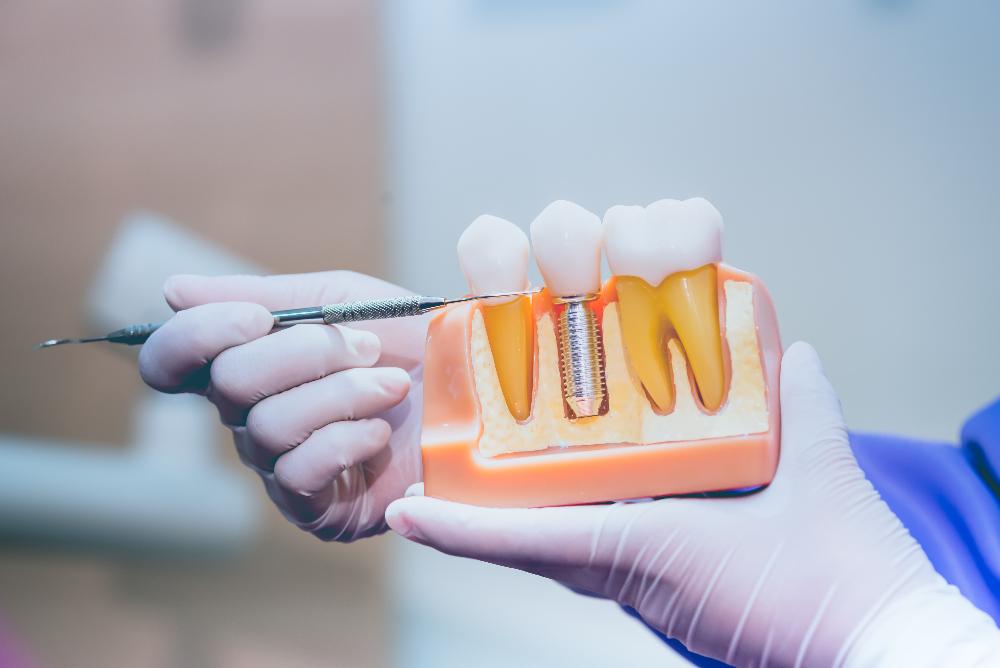 restorative roots can take a few months to integrate into the bone fully. However, when integration is complete, they are like natural tooth roots—in other words, durable enough to support artificial teeth (dental crowns) or restorations like bridges or fixed dentures.
restorative roots can take a few months to integrate into the bone fully. However, when integration is complete, they are like natural tooth roots—in other words, durable enough to support artificial teeth (dental crowns) or restorations like bridges or fixed dentures. implant procedures are carefully designed with your comfort in mind.
implant procedures are carefully designed with your comfort in mind.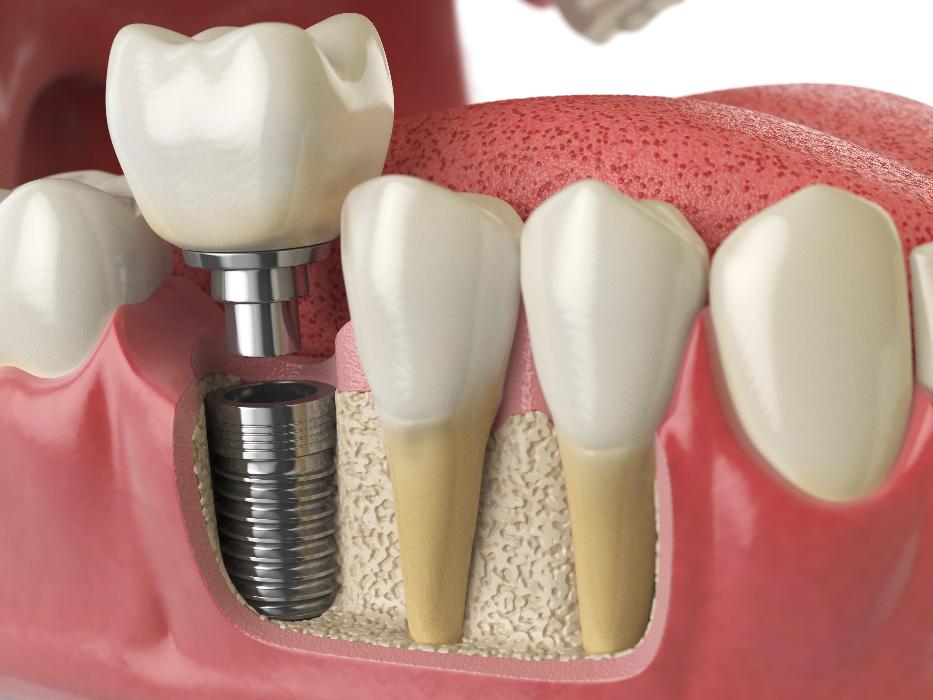 compared to related oral appliances like dental bridges or dentures. First, a dental implant is surgically placed in your jawbone, and because it's made from titanium, your bone grows around the implant to make it extraordinarily stable.
compared to related oral appliances like dental bridges or dentures. First, a dental implant is surgically placed in your jawbone, and because it's made from titanium, your bone grows around the implant to make it extraordinarily stable.